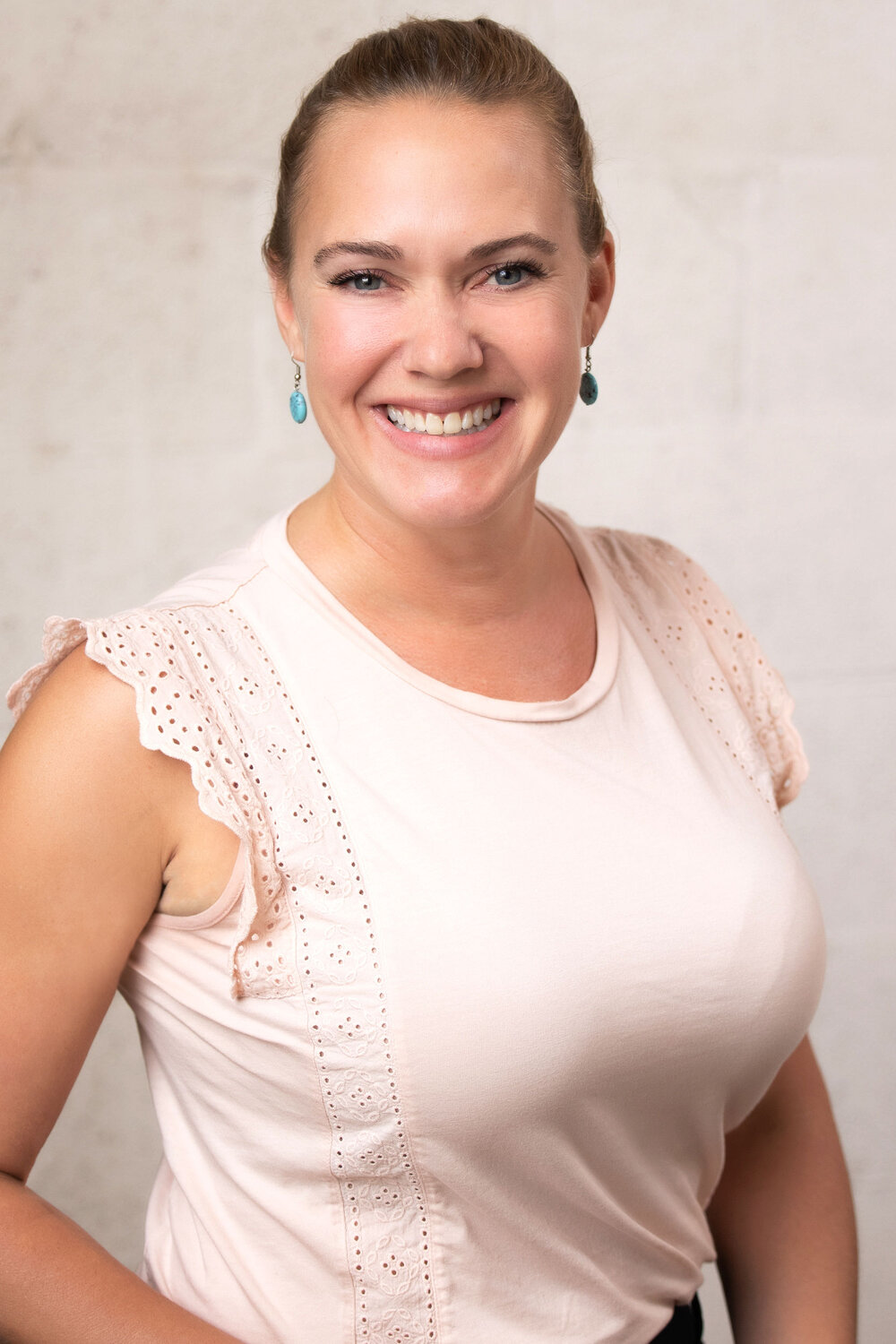
This week my colleague Sharone shares a few tips she picked up from her conversation with Eva Larson regarding Cataplex B-Core and Organically Bound Minerals.
Eva Larson is an acupuncturist, herbalist, and clinical nutritionist in San Francisco. I had a chance to catch up with her in her new “Acupuncture Hive” clinic, during which she shared with me her novel in-office uses for Cataplex B-Core and Organically Bound Minerals:
“I know that practitioners using our new Cataplex B Core in conjunction with the Heart Sound Recorder are seeing almost instantaneous results! We all know that B complex is great for stress and calming the nervous system, but Cataplex B-Core also seems to work with menopausal women not being able to sleep well.
– Eva Larson
I also tried it on a whim in the office with a patient who had a nasty hangover and was on the verge of a panic attack. Knowing that alcohol depletes B vitamins, I gave it a shot and she calmed down within 5 minutes!
Organically Bound Minerals is like applying the brakes to the sympathetic nervous system (Type A personality) and supportive of the parasympathetic (rest & repair) nervous system, so this one is more of a no brainer and also works super-fast.”
Wow, all that BEFORE her patients get an acupuncture treatment! Thanks for sharing your insight with us Eva. I personally take Cataplex B-Core and here are my thoughts on why it works so well:
A note from Kim:
Thanks, Sharone and Eva! Many vitamins produced today are from fossil fuels, ammonia, and hydrogenated sugar processed with acetone. As natural health professionals, we mostly agree that humans should not try to consume petroleum derivatives or hydrogenated sugars, but may be overlooking this fact when vitamin supplementation is involved. Numerous B Vitamins are manufactured at Reilly Tar and Chemical’s labs based in Indiana and Minnesota, using coal tar to make creosote, tar, and the B vitamins. Yuck!
Your Menopausal Sleep Challenges also reminds me of question #51 available on our Systems Survey Form awaken after a few hours sleep-hard to get back to sleep’ was an excellent indication of the need for Cataplex B-and now our new Cataplex B-Core.
Our new Cataplex B-Core is stronger than Cataplex B – suggested use is usually only 2 daily. Rather than coal tar, it’s taken from liver, yeast, and rice bran naturally high in thiamine and adenine, and the beetroot serves as a methyl donor.
If any of you are interested in complementing your own Patient Intake Form with our Systems Survey and would like to know how to use it, feel free to reach out to Sharone, Amy, or myself. We’re all familiar with it and would be happy to share how successful it can be for you.
Here’s to a good night’s sleep! 😴
